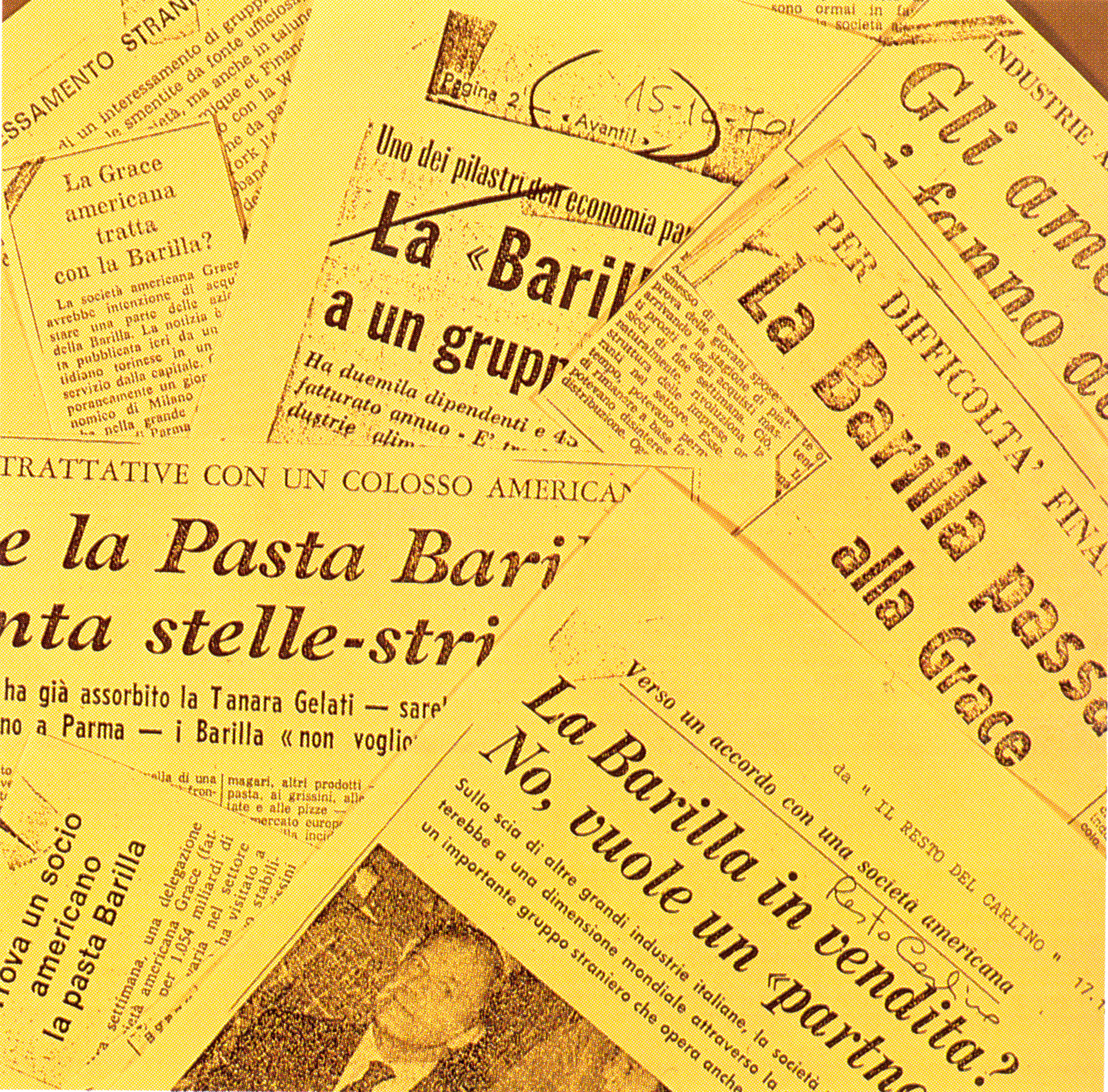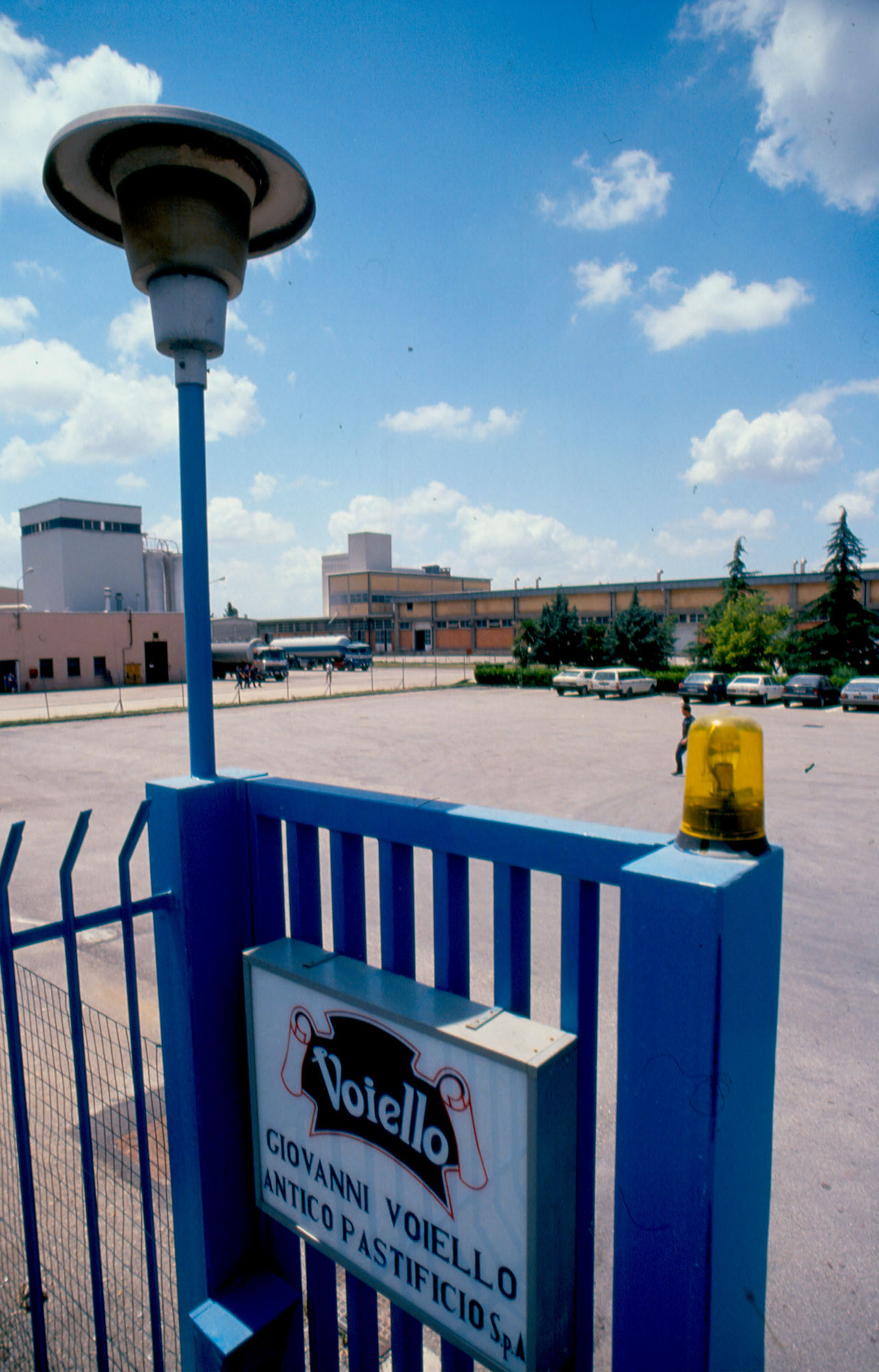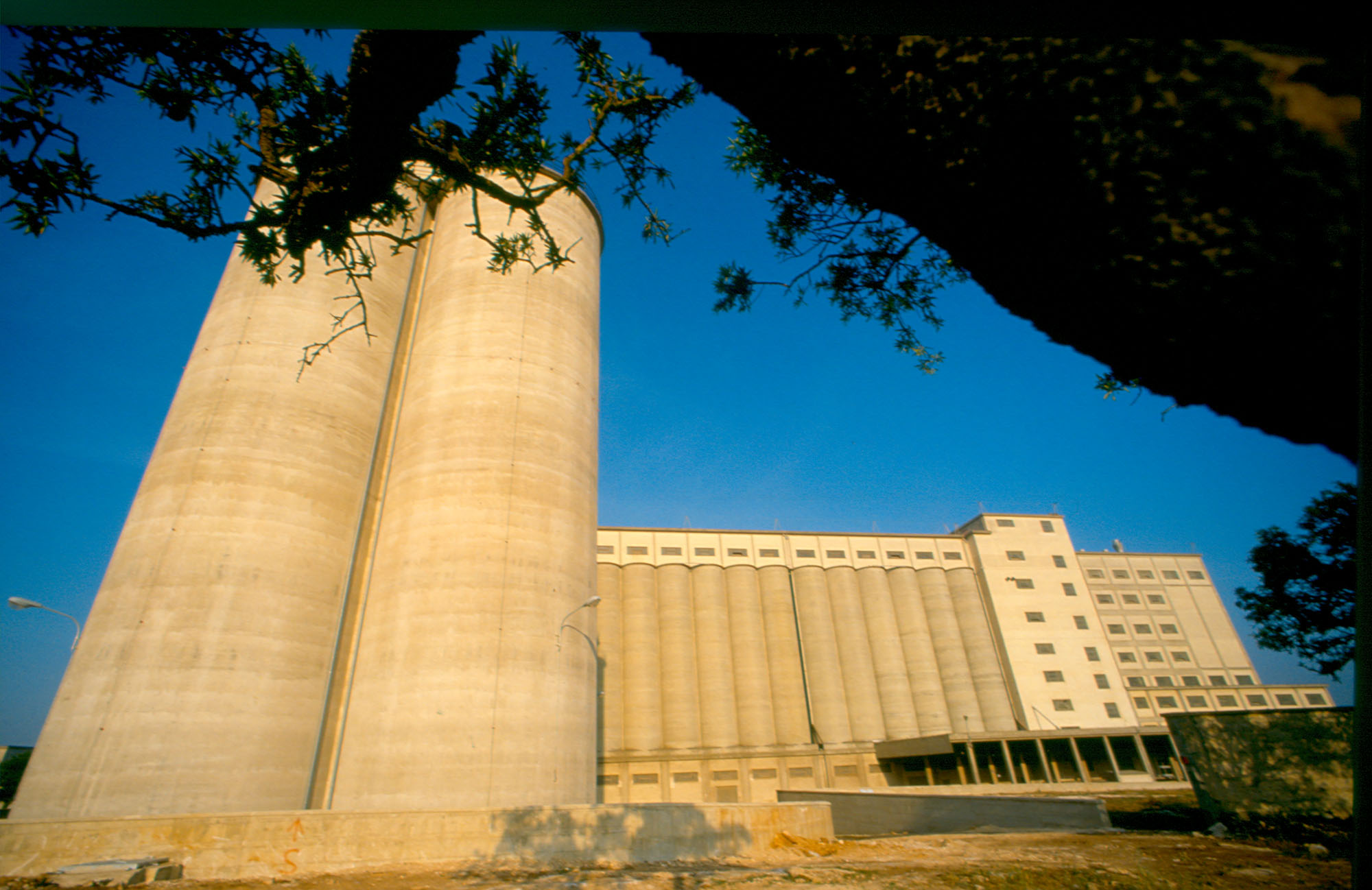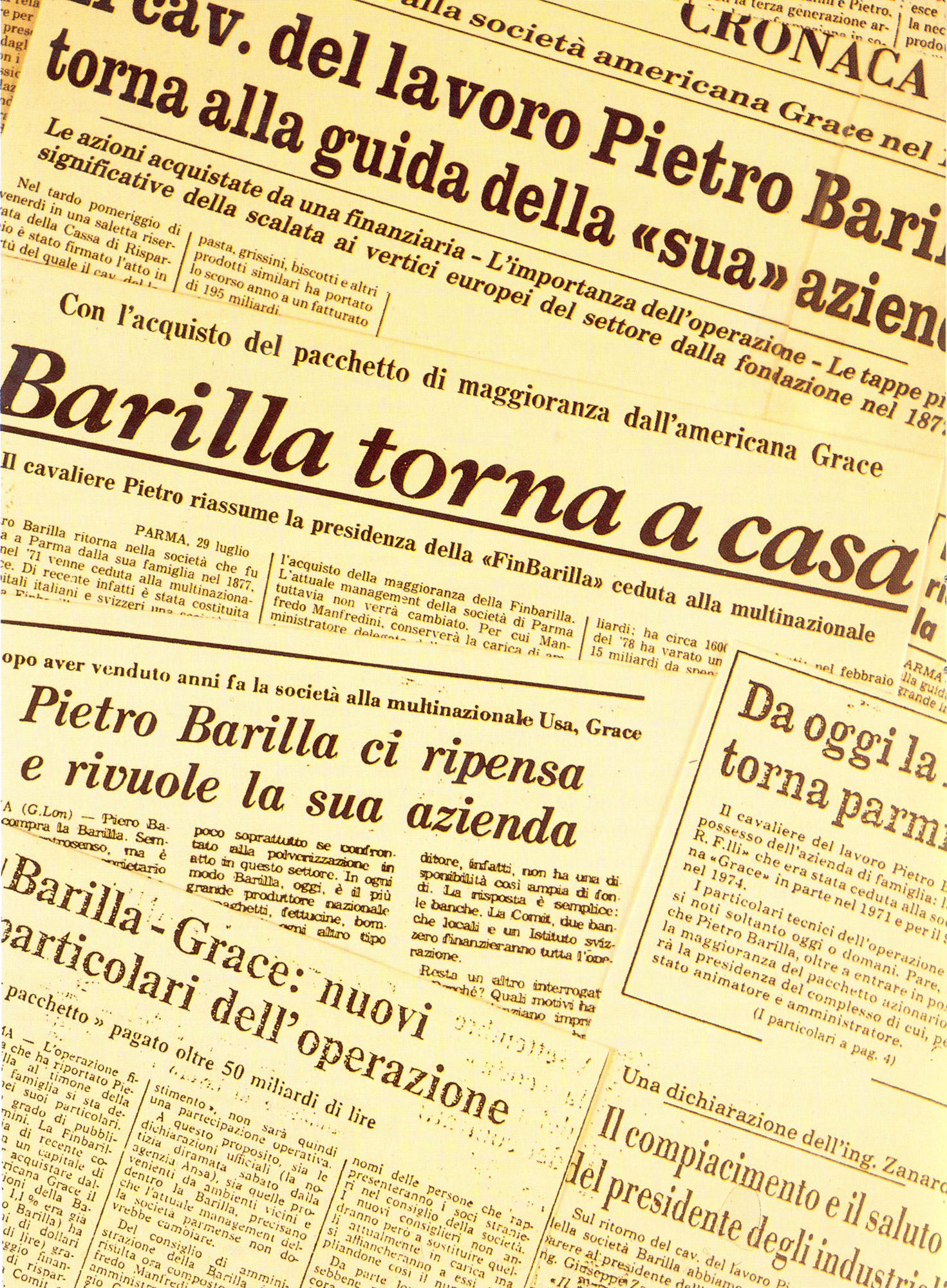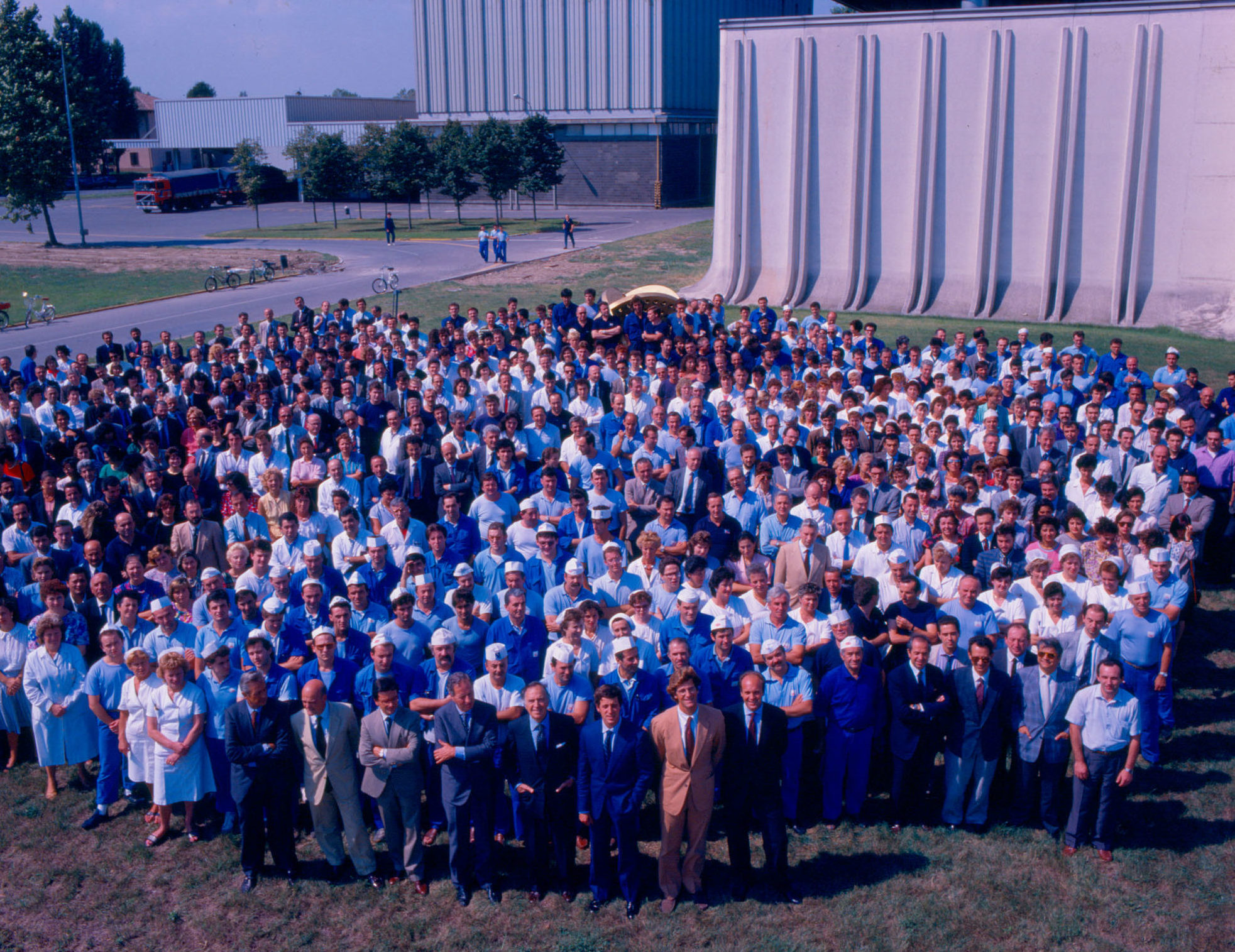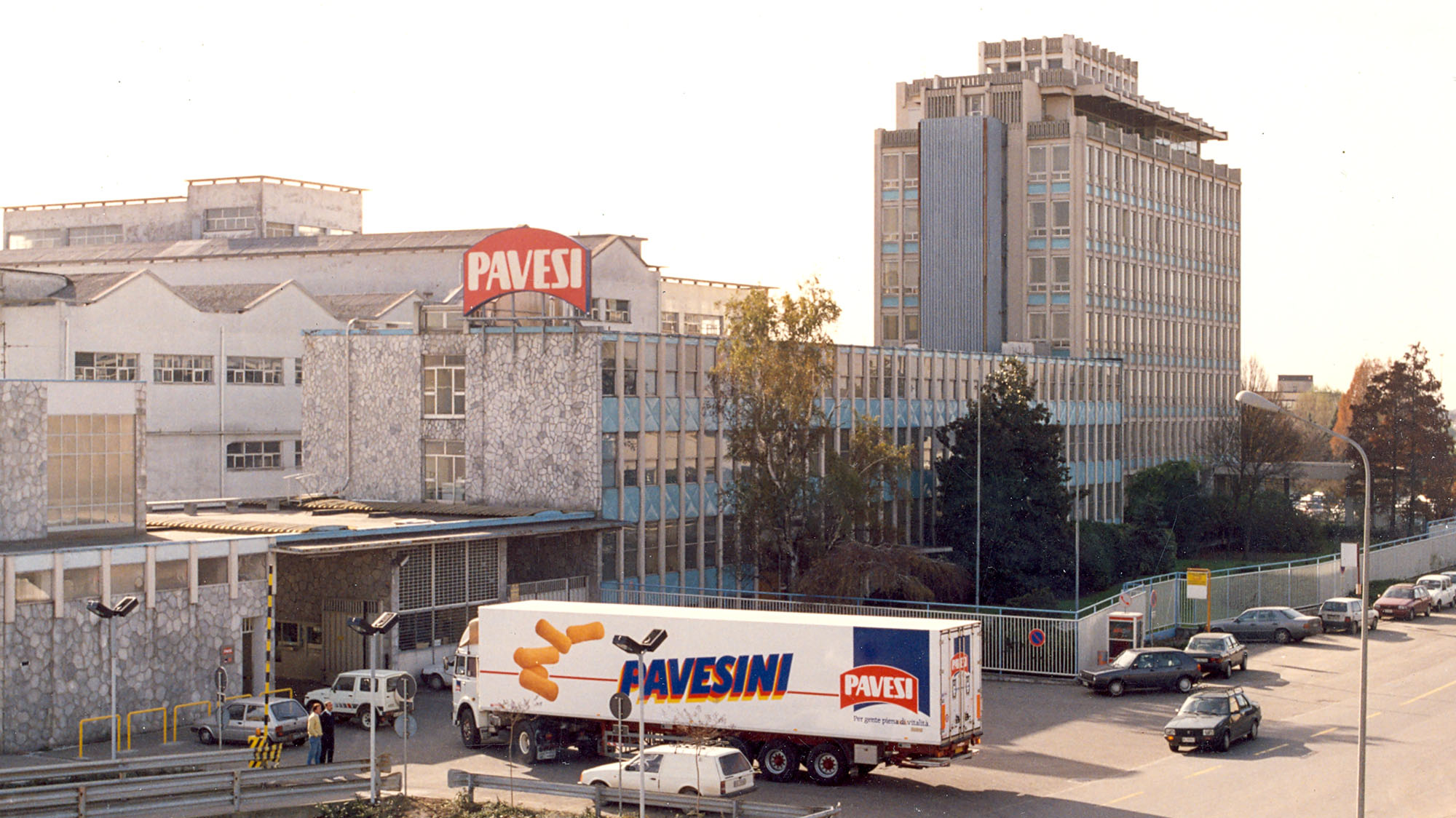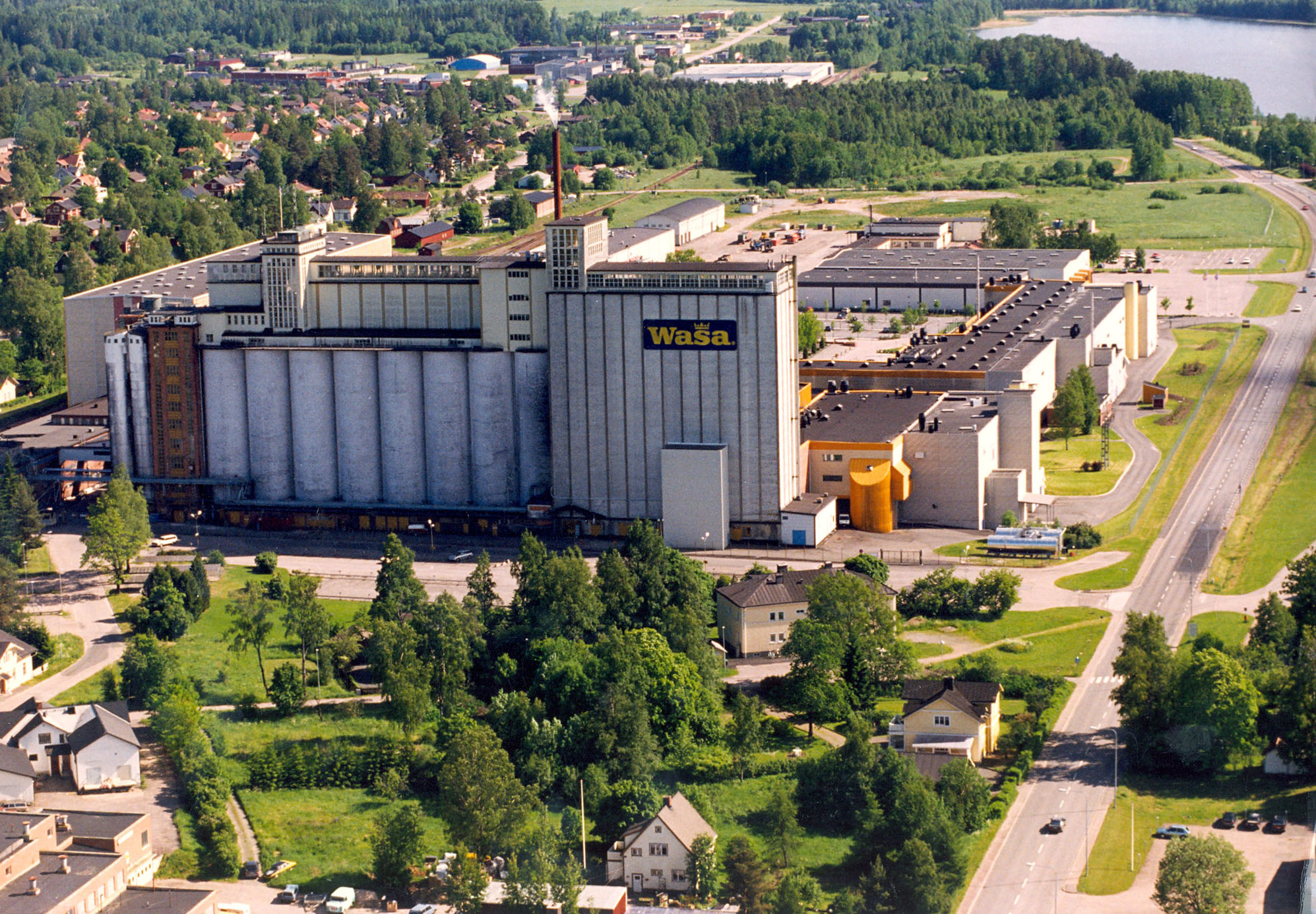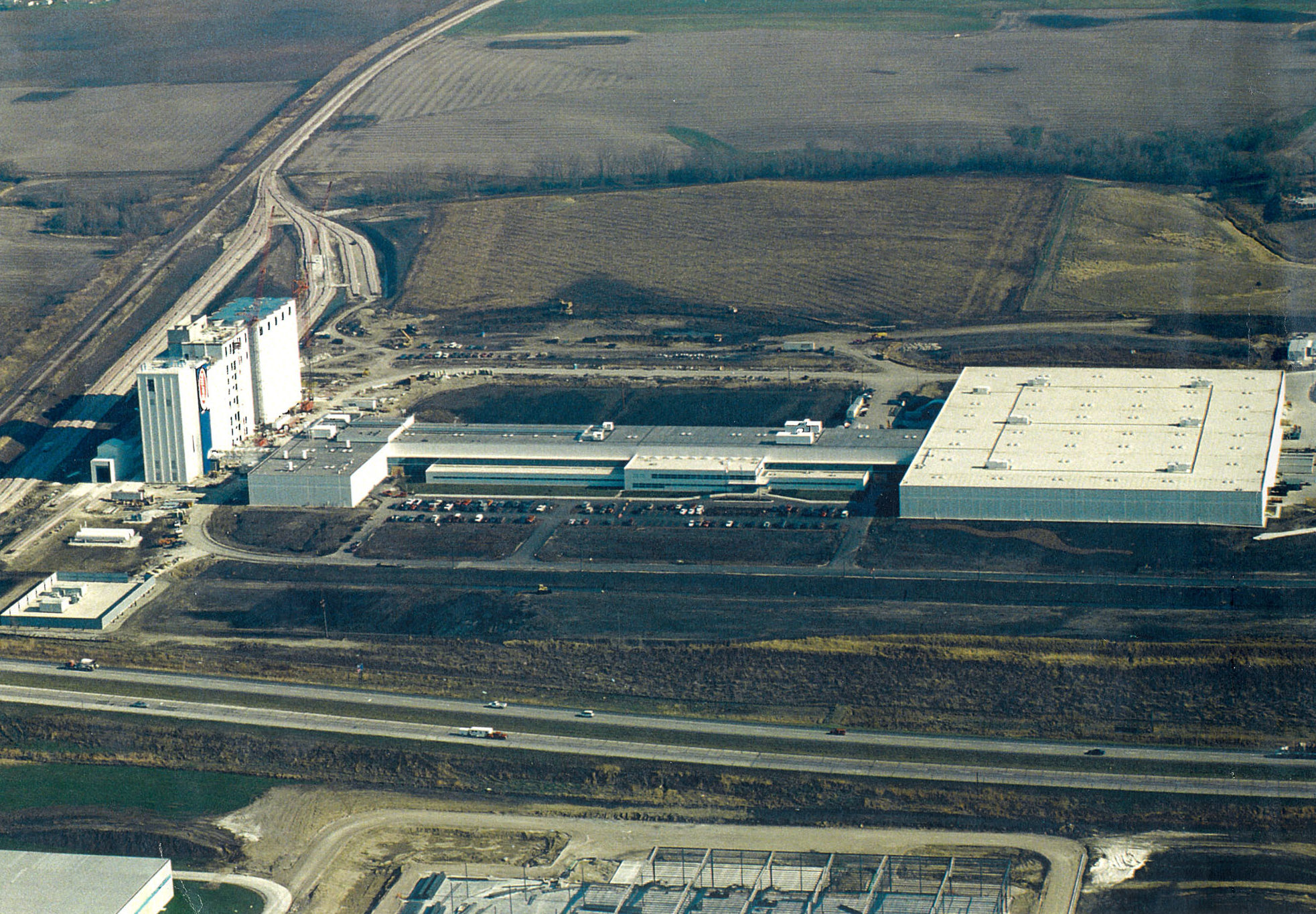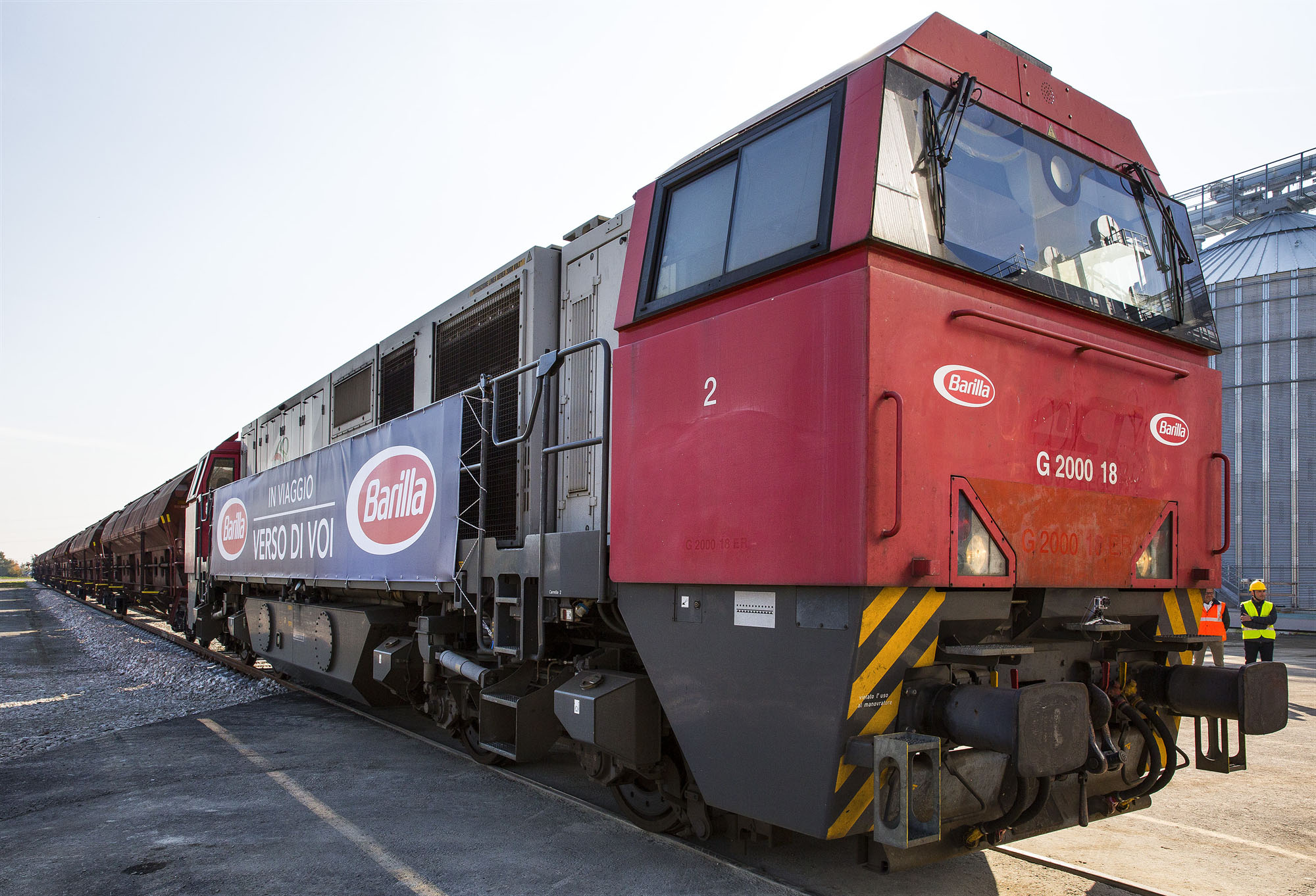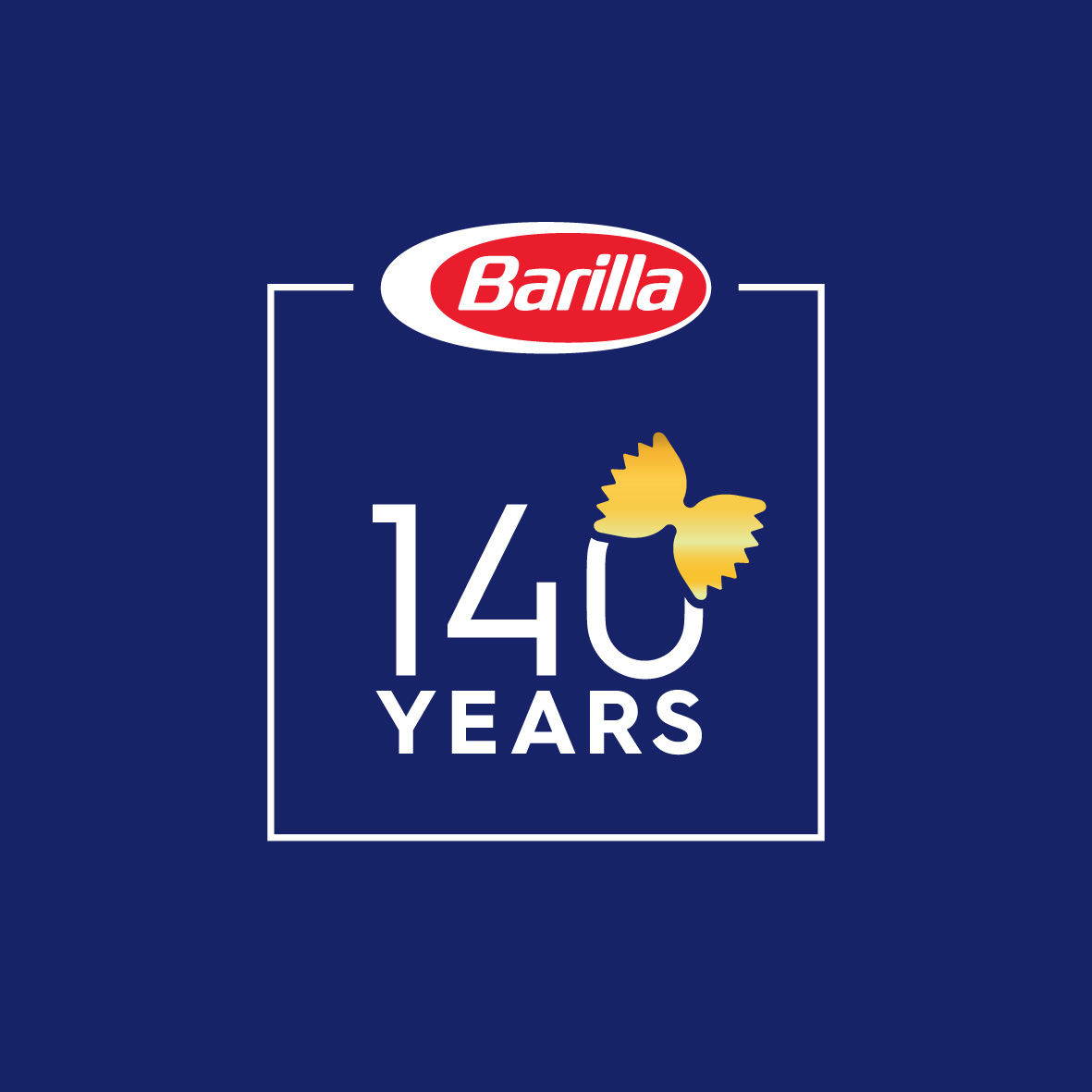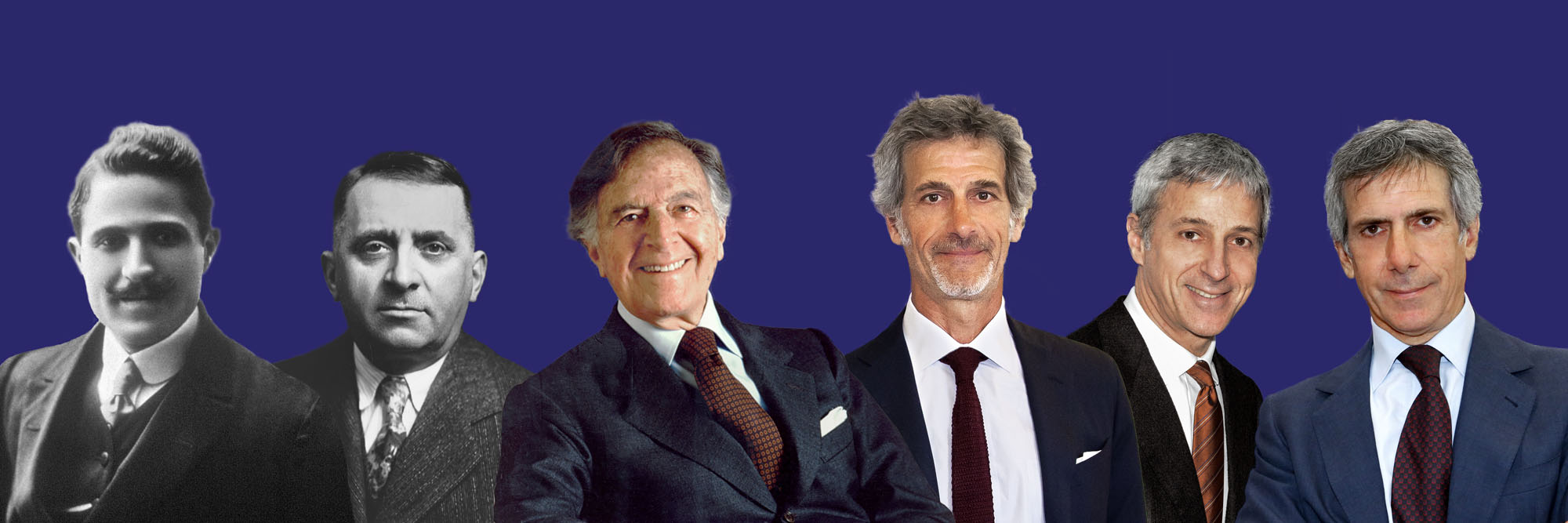Some documents proof the existence of a person named Ovidius De Barillorum, master of the Guild of Bakers who in 1553 signed the “Chapters of the Association to make saleable bread” which was necessary for the city of Parma. That of the baker was an activity that engaged the Barilla family since the XVI century.
The history of the Company, however, starts in 1877, in Parma, in Vittorio Emanuele Street, when Pietro Barilla Senior (1845-1912), Ovidius’ descendant, in the house of a baker, Isidoro Cobianchi, creates a small bread and pasta shop that included an oven. The long practice of apprentice in the bakery of his maternal grandfather, Vincenzo Lanati, and, later in that of his cousin Giacomo, allows him to achieve remarkable abilities in the White Art so that he’ll be able to be the owner of the business.
In 1981, Pietro tries to expand the activity: he opens a new bakery, but the operation is not successful and brings the family to failure. Therefore, in 1894, Barilla family is forced to sell the shop. Pietro, however, doesn’t give up and in a small bread shop assigned to his wife Giovanna Adorni (1851-1904), this one also located in Vittorio Emanuele Street, works hard for four years, managing to get back the lost positions and giving start to pasta production on high scale in a space attached to the shop.
In 1905 Barilla produces already 2500 kilograms of pasta per day, against the 400 kilograms produced in 1903.
BARILLA HISTORY
The origins
Gualtiero and Riccardo Barilla
In 1910 Pietro’s sons, Gualtiero and Riccardo take the reins of the family Company; the activity with them heads definitely towards an industrial production that will be achieved through the building, in viale Veneto area, in the outskirts of the city, of a huge plant that gives employment to 80 workers and produces 80 tons of pasta per day.
At the same time the activity of the new bakery starts: it is characterized by the presence of a continuous baking oven designed by the German company Werner & Pfleiderer in Stoccarda, that allows the nonstop production of the bread, which is then packaged in the laboratory and it’s able to produce up to 20 tons per day.
The new industrial reality makes use of a brand, designed by Emilio Trombara (1875-1934) and drown by the decorator Ettore Vernizzi (1880-1965) who portrays a young worker spilling a huge egg into the cupboard full of semolina.
After the years of the World War I, during which the Company is engaged in sending supplies to the army at the frontline, in 1919 at the early age of 38, the educated and forward-looking brother Gualtiero dies. He leaves in this way the burden of the family business on Riccardo.
Characterized by a pragmatic spirit and supported by his wife, Miss Virginia, after liquidating his sisters, he will guide the Company until World War II, keeping expanding the pasta plant introducing new modern machines able to reduce the production times and to improve the quality of the product.
In 1993, the first Italian continuous mixer-press is created thanks to the projects of the engineers Giuseppe and Mario Braibanti from Parma, it is a machine that givse start to the automation process of the modern pasta plant. Also Barilla equips itself with the innovative machineries designed by the Braibanti brothers. Between the end of 1936 and during the next year, six second series presses are installed at via Veneto plant and for the first time, they link in just one machine the functions of mixer, crushing and press.
In 1936 Pietro (1913-1993), son of Riccardo, gets in the Company to deal with the development of the commercial area. An authentic turning point will take place a year later, with the launch of Fosfina pasta, which was enriched with phosphorus, “dietetic” element advised for making food more nutritious in a moment of hunger; the advertising of the time goes “it strengthens the weak, it sustains the strong”.
Pietro Barilla would like to orient the Company, until that moment linked to public commissions, to the larger middle-class market. Fosfina is, in fact, a product designed directly for the private consumer, with the new feature of being in a box; until that time, Barilla range was almost totally composed of products sold loose.
Pastina glutinata is of the same period and it is designed for the nutrition of the children: it was the top product of the Company and it was prepared for the middle-class market, which was not subjected to ration restrictions and prices controls.
During the Thirties, Barilla can be already considered a food industry with productions of quality and strongly oriented to the market; from a local area will expand to all Northern Italy thanks to studied promotional campaigns.
In order to increase the sales Pietro will focus on the quality of the product and on advertising. We assist in this way to the launch of new packaging and to an improvement of the Company management, based on the division of work and specialization of employees. In the same period some iconic figures that will remain in the Company communication history were about to be created: “il cuoco volante – the flying cook” or “l’uovo cameriere – the egg waiter”
The explosion of the World War II will have tragic effects on the history of the Country and also of the Company, which will heavily reduce the production, part of which will be confiscated for sending supplies to the army.
Gianni and Pietro Barilla at the reins of the Company
In 1947, after Riccardo’s death his sons Pietro and Gianni (1917-2004) take the reins of the Company willing to manage and develop it in a modern way. The brothers split the tasks: Gianni takes care of the plant, administration and purchasing; Pietro deals with market, sales, advertising and public relations.
The Fifties is an extraordinary moment for Barilla: the technical-cultural setting takes place and allows the Company to grow consistently. The orientation towards the market and the technology places at its basis.
In 1950, Pietro Barilla goes to the United States to update on packaging techniques, advertising and large retailers. He wants to clarify his ideas: that’s why he plans his trip to the US, the only Western market which was not hit by the war, the Big Market that in the Thirties is seen as the ideal projection from who, in Italy, takes care of communication. What Pietro Barilla looks for overseas are answers to the annoying problems that characterized Italian market: the quality of products, the packaging, and the advertising.
On 2 October 1952 Barilla is awarded with the “Palma d’oro della pubblicità” for the campaign “Con pasta Barilla è sempre Domenica – With Barilla pasta is always Sunday” created by Erberto Carboni. He realized the new Company brand, characterized by the egg cut crosswise, the design of packaging, of the iconic blue color of background and the definition of the corporate image, one of the first in Italy that spaces from the means of transport to the trade exhibitions’ stands, from posters to newspaper’s pages.
By the end of 1952, Pietro and Gianni decide to close the bakery section, choosing to invest everything on pasta. Thanks to the deal concluded by Pietro, the local bread makers will engage in employing all the bakery plant personnel, acquiring in this way the consistent market share that until that moment was owned by Barilla.
The old plant for pasta production is demolished and rebuilt in new forms, according to the project of the Milanese architect Gian Luigi Giordani (1909 – 1977), who in eight years gives a new look to the entire southern area of the plant.
Starting from 1958 Barilla jumps into the new television-advertising world: the Company will cooperate with prestigious testimonials and will open a communication channel that will last until nowadays.
In 1960, Barilla becomes a joint stock company and reaches a production of 600 tons of pasta per day.
The huge effort of the Company brings, during the Sixties, to the realization of a more modern and dynamic drying system that completes the continuous production supply chain; the faster and safer techniques allow in this way to put on the market a better product in shorter terms.
Starting from 1965, with the opening of the Rubbiano Bakery Plant in the province of Parma, the first diversifications take place. Barilla goes back to bread, the product with which the Company was born, through the production of rusks and breadsticks.
In 1968, pushed by the market needs, the works for the opening of the new Plant in Pedrignano begin; its destiny is to become the most cutting-edge and biggest pasta plant in the world. It rises up on a land which is almost one million and a half square meters large: the extraordinary measure of the area is due to a precise and forward-looking choice of Pietro Barilla. An act of bravery that revealed itself a wise investment. The choice of the site and the production process, decided with precise determination by Gianni Barilla (120 meters of production line, the longest in the world), traces a path that the Company will never stop to travel.
When, on July 1967 the Italian Government forces to introduce packaging for pasta that until that time was sold loose, the law finds Barilla ready and prepared since many years.
By the end of 1970, the Italian social and economic situation pushes the Barilla brothers to sell the Company majority share to the multinational Grace after several months of negotiations.
Gianni leaves permanently the Country and moves to Switzerland. On April 1971, Barilla is American but Pietro that did not want to sell keeps the 1% of the share and a priority claim. Grace, which deals with chemistry, plans the constitution of a focal point for food production in Europe.
In 1973, also Voiello enters the Group: the Company of Torre Annunziata (Naples) is in a situation of crisis but, thanks to its reputation, leads to the access in the Southern market, considered strategic for the expansion, with a historical brand and a high placement.
The will of controlling the entire production cycle brings in 1974 to an acquisition of the 80% (the remaining will be included in 1981) of the Basile Mill in Altamura (Bari), considered the largest in Italy thanks to its capacity of 350 tons of wheat per day. This brings from 15% to 45% the rate of direct supply, making the society able to operate in a larger part on the international wheat market and to control the evolution of the internal market.
The international economic situation, characterized by deep tensions for the price of gasoil, leads to a huge increase on the Italian inflation. In order to protect the population the Italian Government imposes price controls on the basic products, including pasta, that erase progressively the profit margins of the companies. The necessity of individuating further areas of activity free from price controls is more and more compelling. On October 1975, the Company efforts for the diversification of the market are made concrete through the launch of a new bakery production line under the “Mulino Bianco” brand, destined to reach, in the next decade a huge success.
Since its creation, Mulino Bianco brand was supposed to include several bakery products, a year and a half after its launch, in fact, breadsticks and rusks, until that moment commercialized under Barilla, are branded Mulino Bianco. In 1977, mini cakes and soft bread are created. In 1983 “I dolcetti delle feste – The desserts of festivities” are launched, the first frollini that get close to the quality of patisserie biscuits. In 1985 Mulino Bianco gets into the segment of crackers and, in 1986, the production of “Mulino Bianco cakes” begins. Then “Pandolci”, “Pani morbidi – Soft breads”, “Granetti” and “Pangrì” are launched.
In 1979 Pietro Barilla, realizes his dream and buys back his Company. An event that marks deeply also the advertising image of Barilla.
To celebrate his return, Pietro asks to the movie director and friend Federico Fellini to produce a commercial, named “High Society” and better known as “Rigatoni” that will remain unique in its genre.
During the Eighties Barilla launches the first contests linked to the collection of points which could be found on packaging. In 1985 the campaign “Dove c’è Barilla c’è casa – Where there’s Barilla, there’s home” strongly requested by Pietro and created by the Young & Rubicam Agency with the soundtrack of the Greek composer Vangelis, establishes again the focus on pasta in the Company strategies.
On September 1987, Pietro Barilla is honored with the “Honoris Causa” graduation in economics at Bologna University; 1987 is also the year of the generous donation to the University of Parma that allows to build the subsidiary of the new Engineering facility. The same year Barilla acquires the Braibanti pasta plant in Parma and the Laboratori Riuniti in Milan under the brand “Le Tre Marie”. Three years later, on October 1990 Barilla gets from SME the 49% of the share of Pavesi in Novara.
In 1990, Barilla is the Company leader for the production and commercialization of pasta in Italy and it’s ready to issue the challenge in Europe. In this way, the internationalization process becomes more intense: on April 1991, Barilla acquires Misko, leader of pasta production in Greece. On January 1993, after a series of later acquisition during the years, Barilla gets the remaining 41% from Pavesi, becoming the only shareholder and planning a strong relaunch of the brand.
Between 1991 and 1996, to support the strong European expansion of the Group, important international testimonials start to appear in several Barilla advertising commercials: Steffi Graff in Germany, Placido Domingo in Spain, Gerard Depardieu in France, Stefan Edberg in Scandinavia, Cindy Crowford in the US.
On 14 September 1993 Pietro Barilla suddenly dies, leaving to the family and to the Company one last impactful message: “Everything is done for the future, forge ahead with courage”.
For over half a century, his point of view of the entrepreneurial system, based on values as the “cult” of the quality of the product, the technological innovation, the deep respect for the men’s work, the optimism and enthusiasm in facing challenges and his human dimension, have characterized the essence of the company and marked the guidelines of its development.
The enterprise with Guido, Luca and Paolo Barilla
The sons Guido (Chairman), Luca and Paolo (Vice-chairmen), start to guide the Company, engaging in bringing to an accomplishment the strategy of internationalization. In 1994, Barilla unites the forces with Filiz, one of the main pasta production companies in Turkey. Barilla becomes a European leader in the pasta production sector and arrives also in the United States, where the Company used to export pasta since the beginning of the XX century. In 1997, the commercial subsidiary is moved to Chicago, Illinois and on 13 October, the first stone of the first plant in Ames, Iowa is set down. Through a careful policy of commerce and communication, Barilla increases its market share becoming national leader.
On 16 June 1999, the twin plants of Ames and Foggia are inaugurated at the same time in presence of respectively Guido and Paolo Barilla; with a ceremony broadcasted live via satellite.
On 23 April 1999, Barilla accomplishes the acquisition of Wasa, Swedish society world leader in crispbread production, which will be officially included in the Group since the beginning of July.
In 2001, Barilla Group signs a joint venture with the Group Herdez in Mexico and gives value to the pasta local brands Yemina and Vesta besides investing in the building of the new Barilla plant in San Luis Potosì reaching the second place in the pasta Mexican market.
In 2002, Barilla launches a public offer of acquisition in the German group Kamps (which includes the French society Harrys), European leader for bread production which, after the restauration, will become independent again in 2010. Thanks to this operation, the Barilla Group will give a huge importance to the brand Harrys, leader in soft breads, thanks to which, with its plants in France and Russia the Group will be able to get relevant market shares in bakery products in Europe.
In 2004, Academia Barilla is created, an international project aimed at the defense, the development and the promotion of the regional Italian gastronomy, as unique patrimony in the world for its variety and quality.
In 2008, in the context of the reorganization of the Group, GranMilano, the society owned by Barilla which manages the brands Tre Marie and Sanson (since 2001) is sold.
In 2009, the Barilla Center for Food & Nutrition is founded with the objective to collect the knowledge on a worldwide level, to analyze and propose solutions to face the nutrition challenges for the next future. Because guaranteeing a wellbeing spread through a healthy and sustainable approach to food means growing up in a better world. In 2014, the BCFN will become a Foundation.
Also in 2009, the huge mill which completes the pasta plant structure is built in Pedrignano. The work, which marks the beginning of a complete supply chain from field to fork, will be completed with a railway for the supply of durum wheat and it will be inaugurated on November 2015.
On October 2012 a new sauces production plant in Rubbiano, a few kilometers from Parma, is opened. The plant, state of the art in its genre, reaches in a few years the potential of production capacity of 60,000 tons.
Almost all service activities of the plant are Italian, as well as the most part of the raw materials used.
On January 2013, the Hospital for Children in Parma is inaugurated and it is a cutting-edge structure donated by the Company to its town and named after Pietro Barilla.
Between 2013 and 2015, Academia Barilla opens three Italian cuisine restaurants in New York.
In 2017 Barilla celebrates 140 years of activity: the Company is world leader in the market for pasta, for ready sauces in Europe and for bakery products in Italy with 28 production sites, 14 of which in Italy and 14 abroad.
In the same year the collaboration between Barilla and the Swiss tennis champion Roger Federer, 1° global testimonial in the company history, begins.
By the end of 2017, the first spot is launched in 40 countries at the same time, entitled “Masters of Pasta” in which, we see besides Federer, the famour starred chef Davide Oldani. The advertising will have over 90 million views.
Between 2017 and 2018, several important industrial investments are decided. Some examples are the expansion of Rubbiano sauces plant, the increase of the production capacity both of the American plant in Ames, with new lines for the gluten free pasta production, and the Russian plant in Solne, in addition to an ambitious project for the expansion of the historic Pedrignano plant.
In 2018, Wasa is chosen as “global” brand of the bakery products of the Group and it’s placed by the side of Barilla brand on international markets.
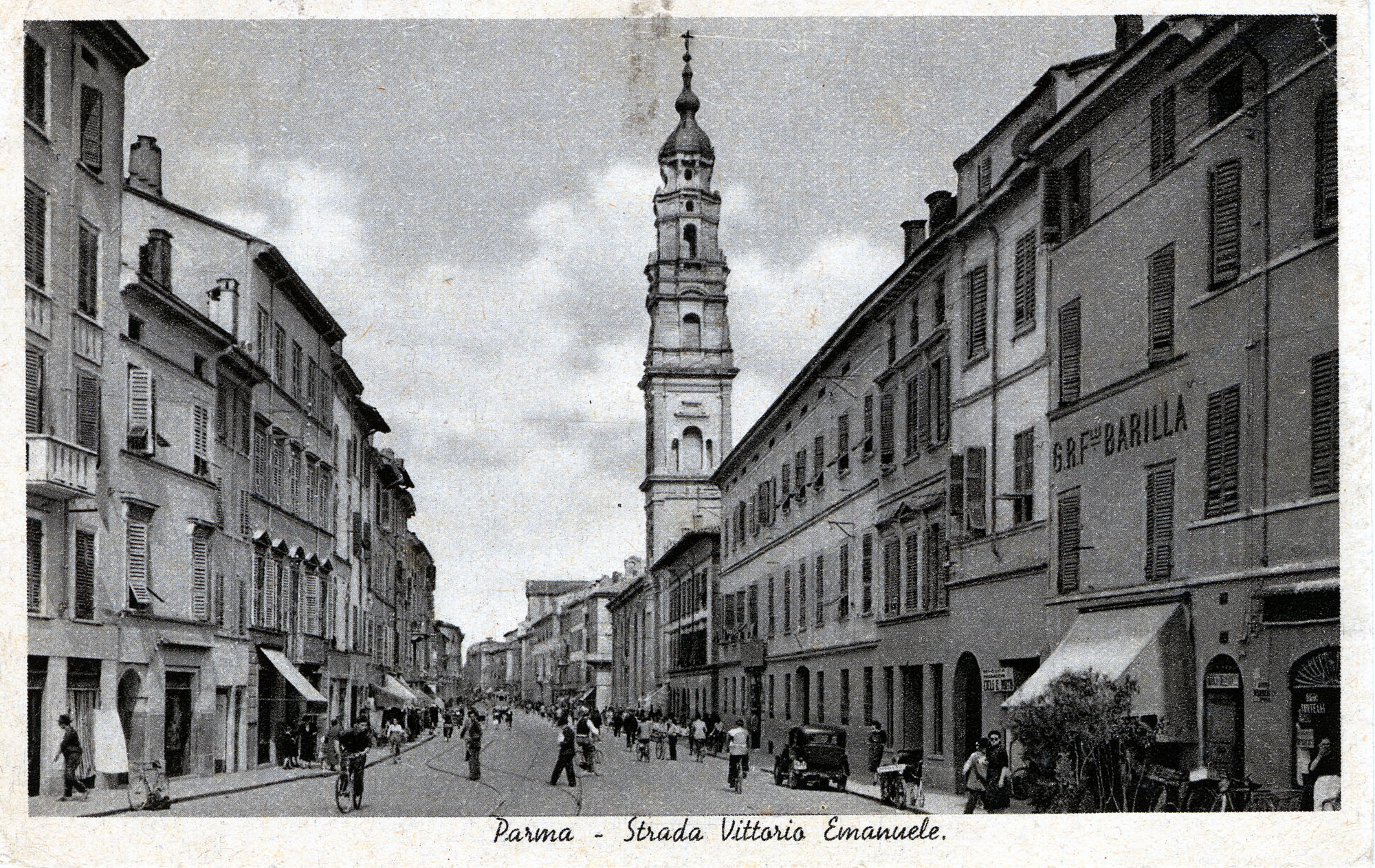
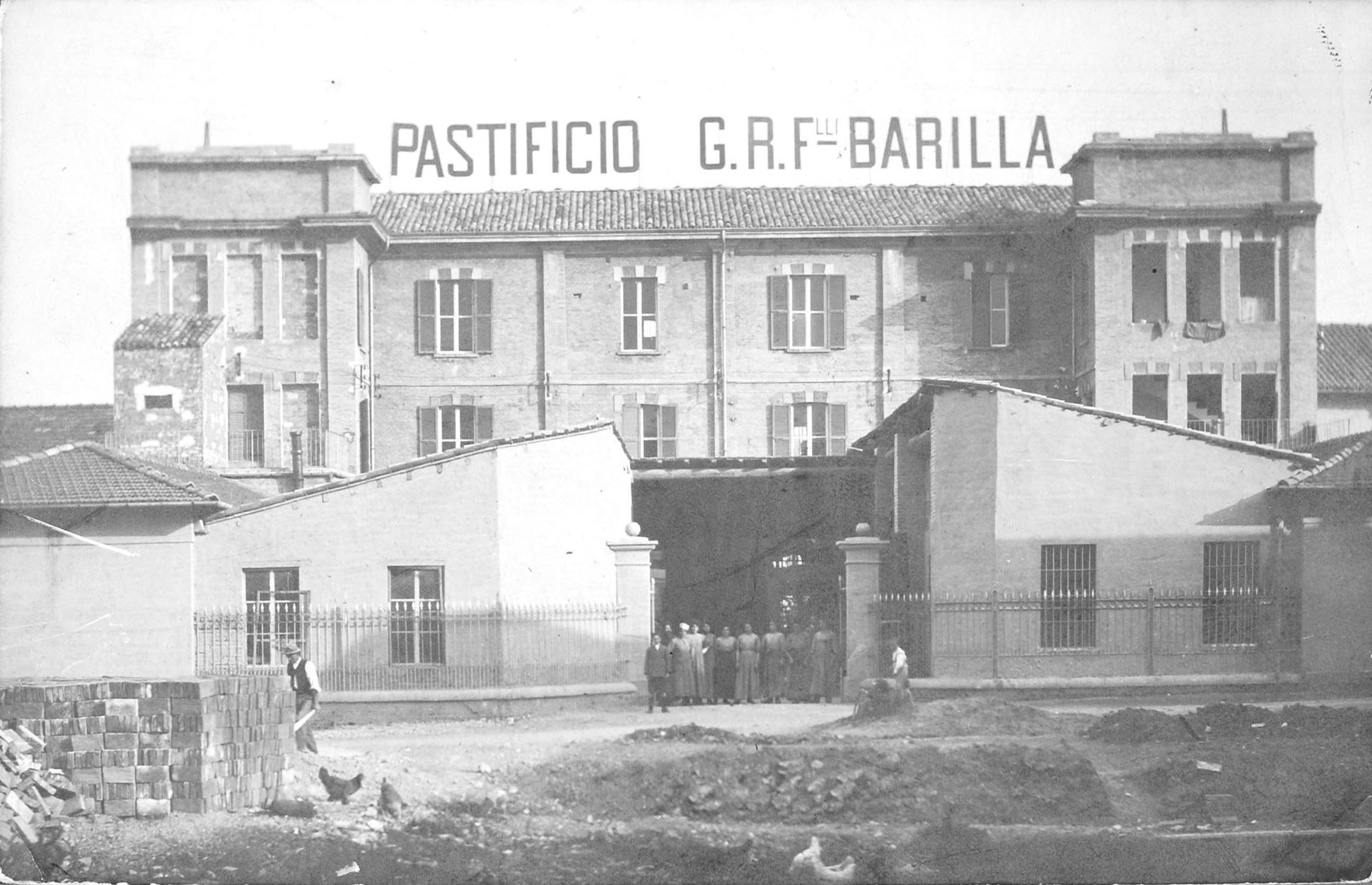
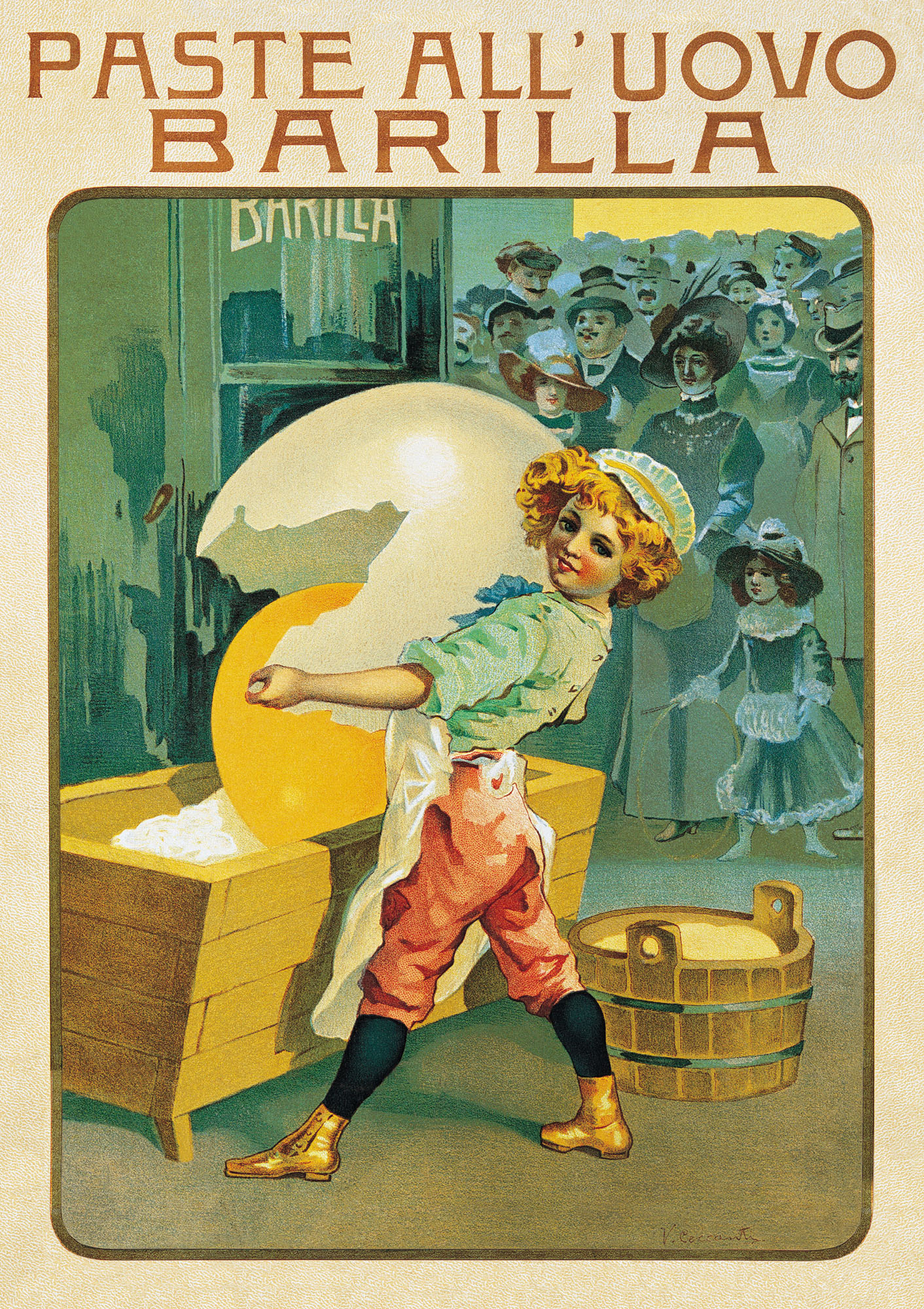
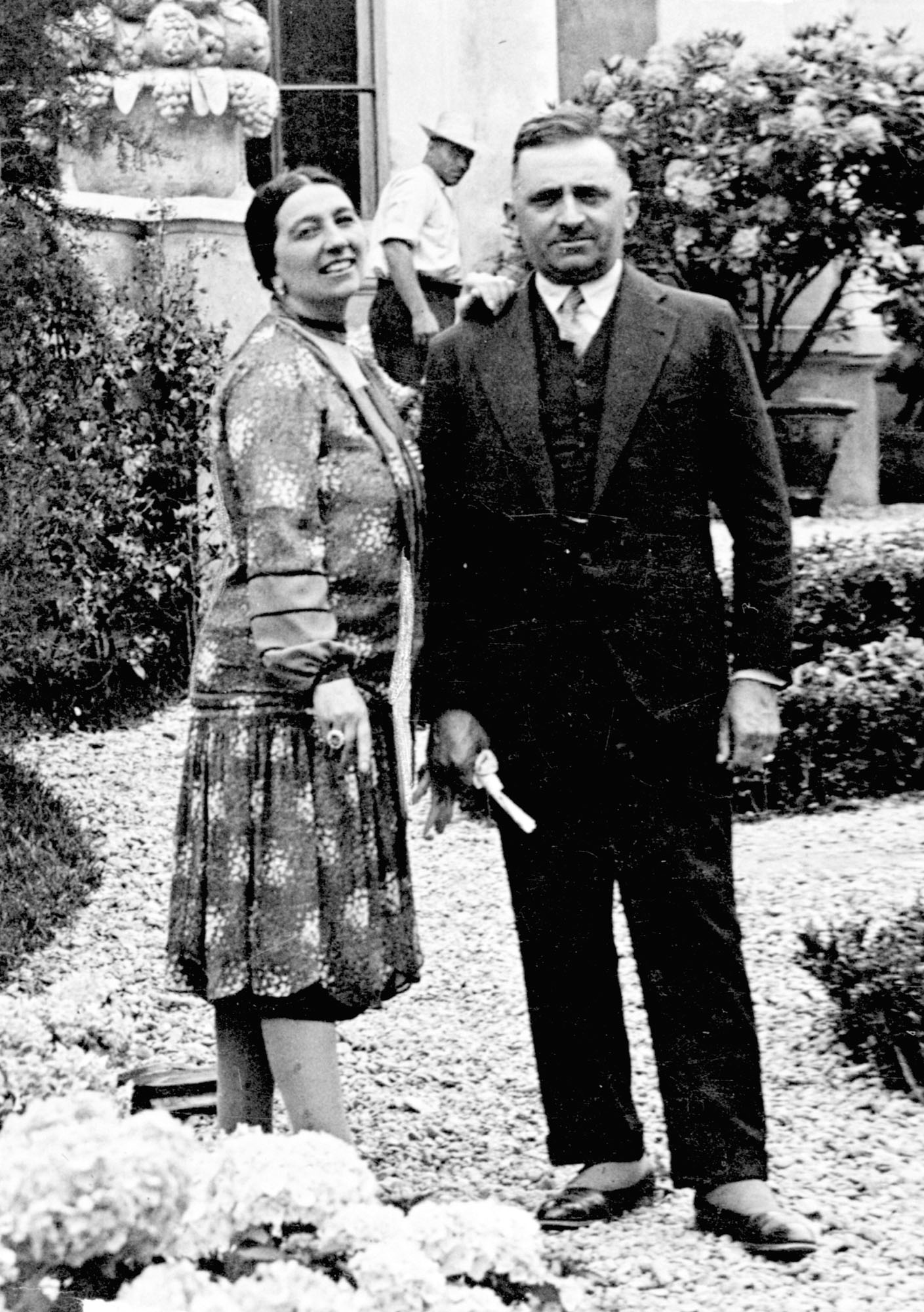
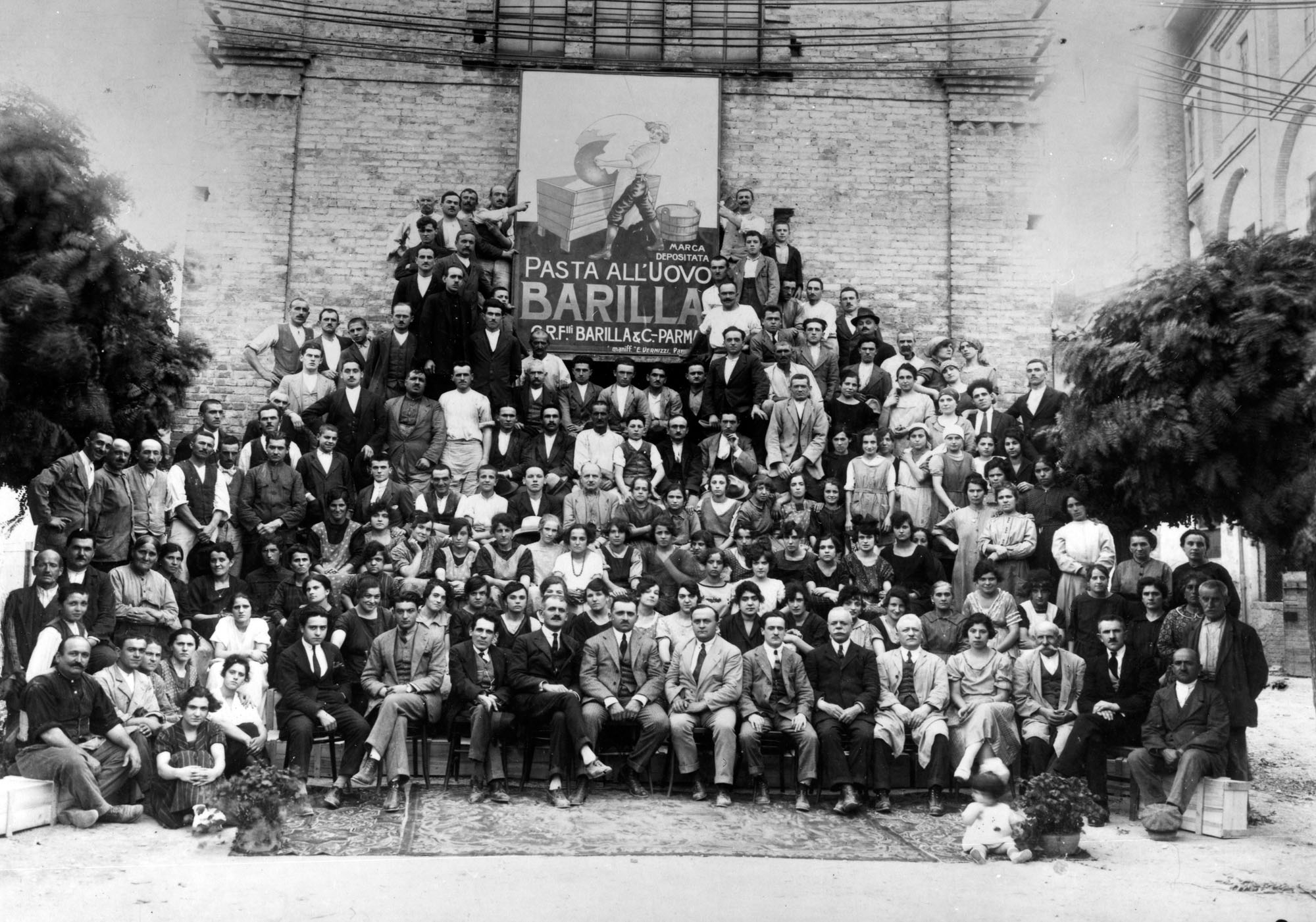
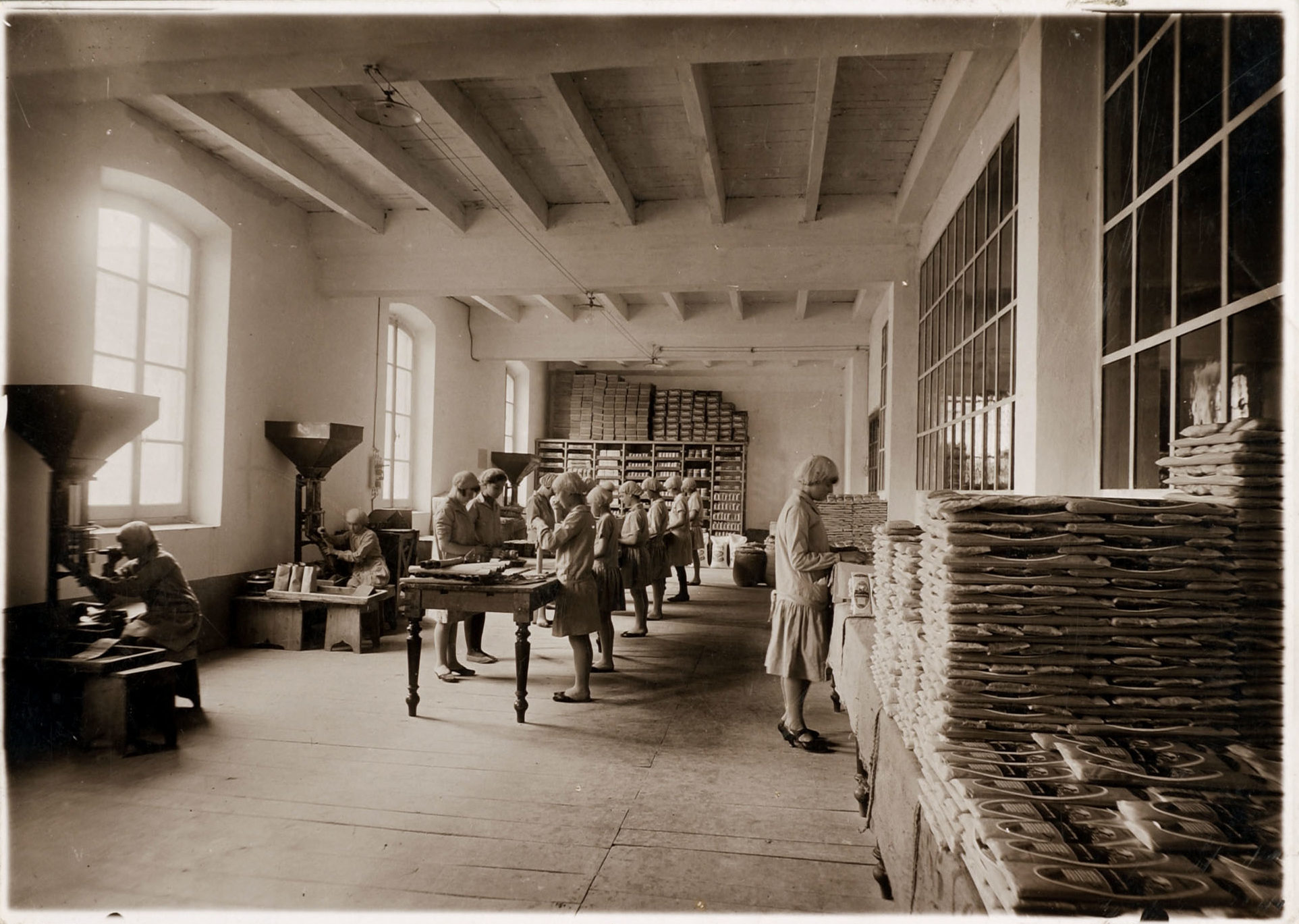
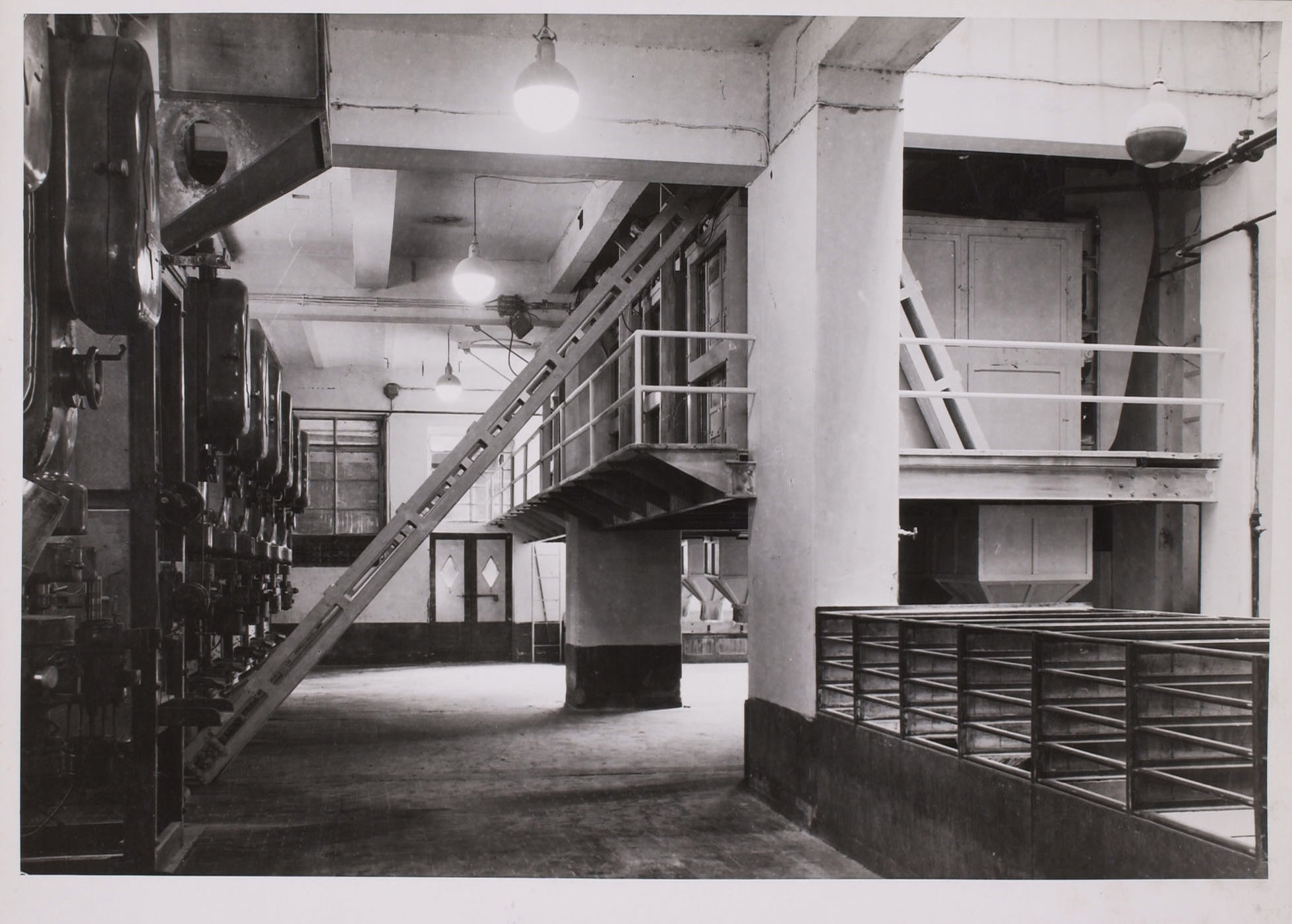
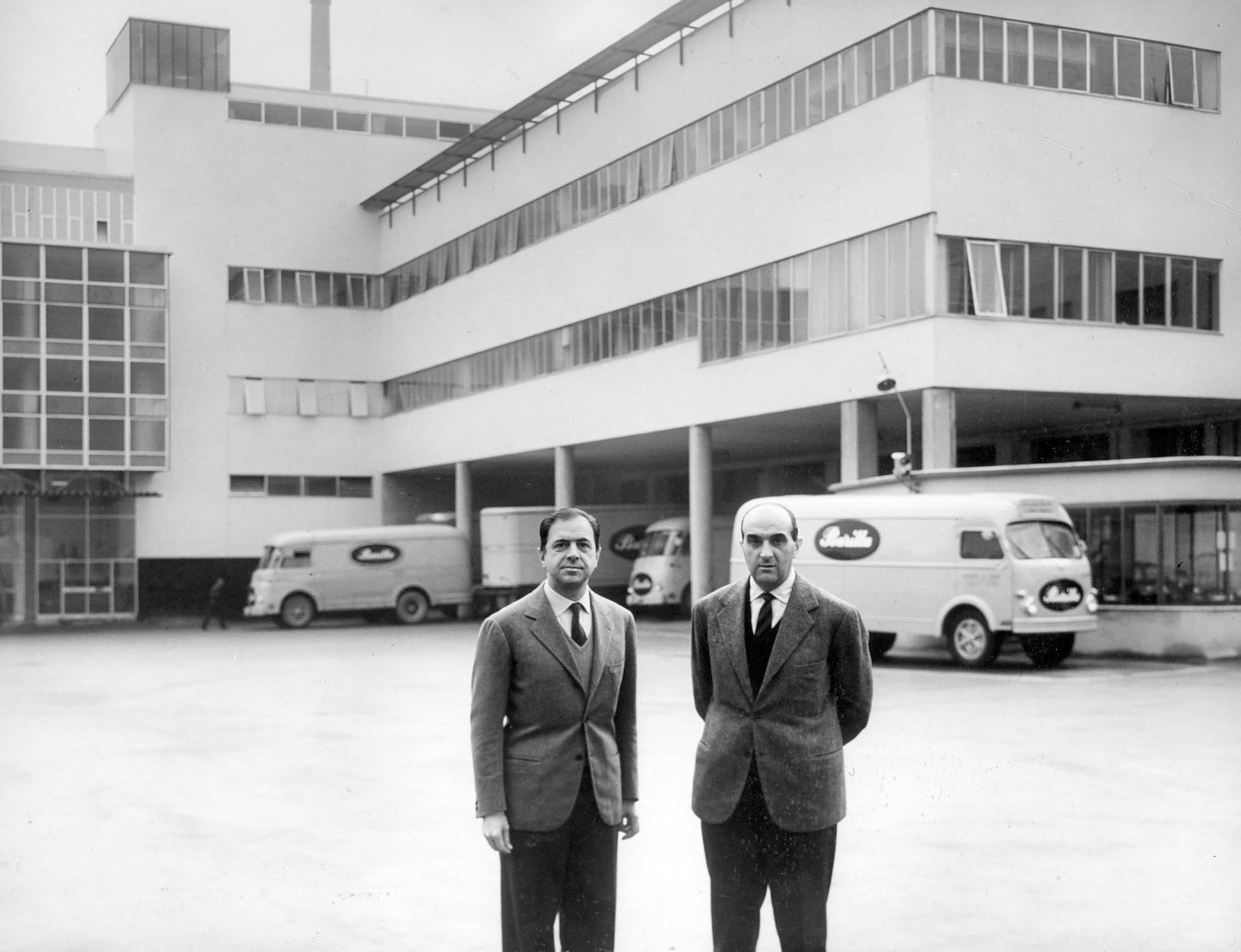
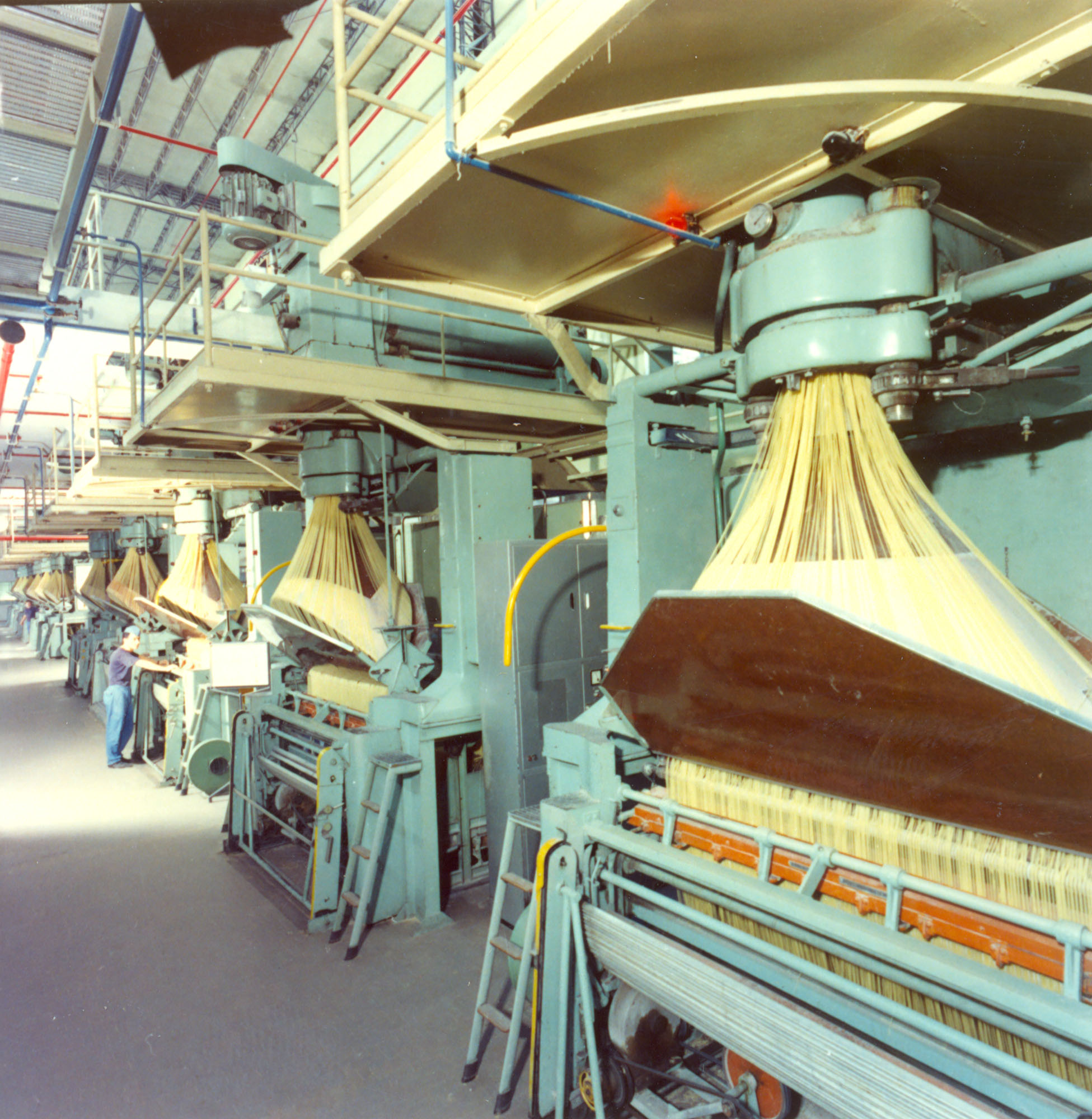
![1969 Il Nuovo Stabilimento Di Pedrignano Costruito Lungo L'Autostrada Del Sole Nel 1969 1969 - The new Pedrignano Plant is built along the Autostrada del Sole [Italian popular Northern Highway]](https://www.archiviostoricobarilla.com/wp-content/uploads/2018/05/1969-Il-nuovo-stabilimento-di-Pedrignano-costruito-lungo-lAutostrada-del-Sole-nel-1969.jpg)
